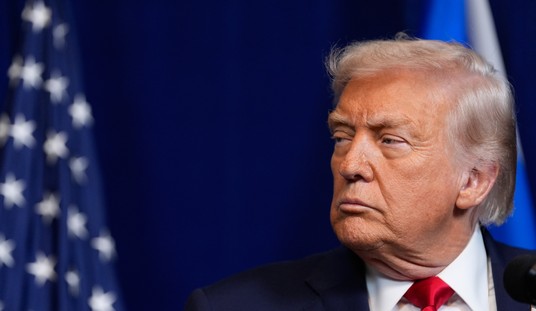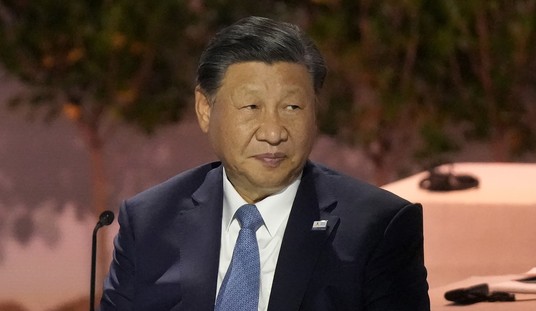If you think a simple ad about jeans couldn’t spark a nationwide cultural firestorm, think again. The Sydney Sweeney American Eagle campaign tore apart the internet with claims of racism and Nazi propaganda—but the truth is far more nuanced, and far more telling. This wasn’t just another viral outrage—it’s a pivotal moment that uncovers who really controls the narrative and who’s being left behind. Read on or risk being blindsided by the cultural battles shaping the country’s future.
According to a new YouGov poll, there’s a striking contrast between the widespread social media outrage and the general American public’s reaction to the American Eagle ad campaign featuring Sydney Sweeney.
YouGov has Sweeney data - 12% of Americans find it offensive.
— Will Jordan (@williamjordann) August 12, 2025
The gender gap is bigger than the political gap on whether the ad is “offensive” (7% of men, 17% of women)
Men are also more likely to find the ad “clever” (49% of men, 31% of women). pic.twitter.com/SMQGsWM66S
While left-wing media outlets amplified claims of racial undertones and offensive messaging in the campaign in a blatant attempt to cancel Sydney Sweeney, the poll shows that only 12 percent of Americans found the ad offensive, whereas 39 percent considered it clever, and 40 percent were indifferent. Notably, men and Republicans were more inclined to find the ad clever, with 57 percent of Republican respondents approving compared to just 22 percent of Democrats. Younger adults and seniors alike leaned more toward favorability than offense, underscoring a significant disconnect between media narratives and public sentiment.
The ad, which centers around the pun "Sydney Sweeney Has Great Jeans"—twisting the phrase "great genes"—was criticized harshly by several left-wing keyboard activists, who found their outrage amplified by left-wing media.
However, the outrage became a point of mockery toward the left for its over-the-top reaction to the ad campaign, prompting the Orwellian-style Ministry of Truth to kick into high gear. The New York Times attempted to rewrite the narrative, downplaying the initial left-wing meltdown and insisting it was conservative influencers who had really stirred the pot.
This was gaslighting at its finest.
As PJ Media has previously documented, the record of genuine left-wing hostility toward the ad is undeniable—swift, intense, and well-documented—yet the Times’ spin was a blatant attempt to erase and rewrite that history. Salon jumped on the “outrage” early, framing the tagline as a tone-deaf nod to notions of "whiteness, thinness, and attractiveness," with origins linked to eugenics and racial superiority. MSNBC soon followed, labeling the backlash swift and severe, accusing the ad of promoting "white supremacy" and even “Nazi propaganda” due to the alleged racial implications that were never there.
In sum, the Sydney Sweeney American Eagle ad controversy vividly exposes the chasm between a loud, politicized left-wing media narrative and the reality embraced by most Americans. While fringe left-wing critics and shouting social media mobs painted the campaign with inflammatory accusations of white supremacy and Nazism, the wider public saw a clever marketing campaign featuring a popular actress.
Ultimately, the poll underlines a key truth: Despite the ferocity of certain voices online and in the press, the Sydney Sweeney ad remains largely favored or viewed neutrally by the public, revealing the hollowness of the outrage machine’s claims and illustrating how out of touch the cultural elite remain with the broader public.










